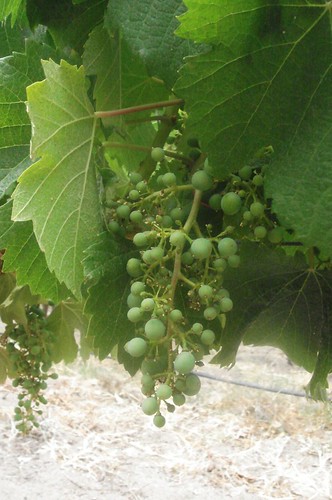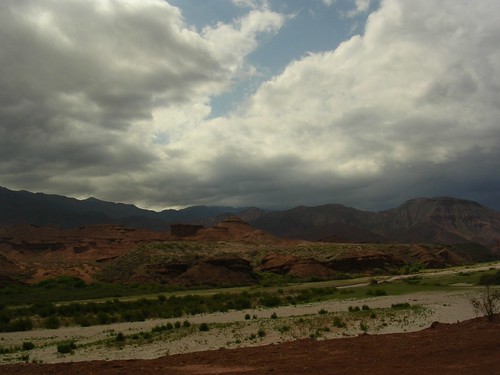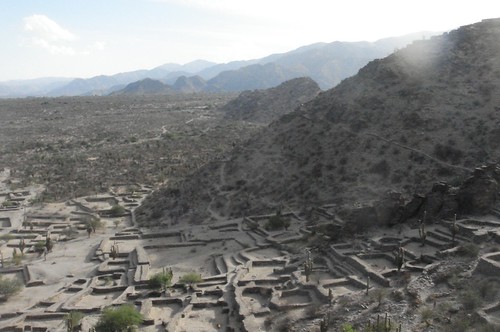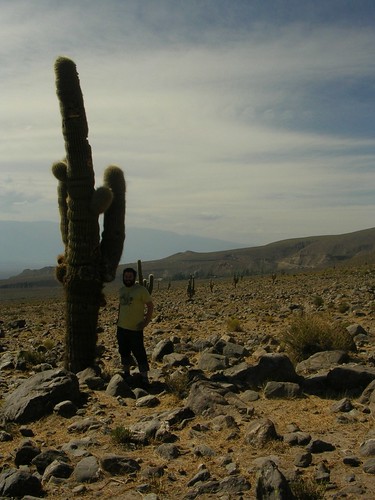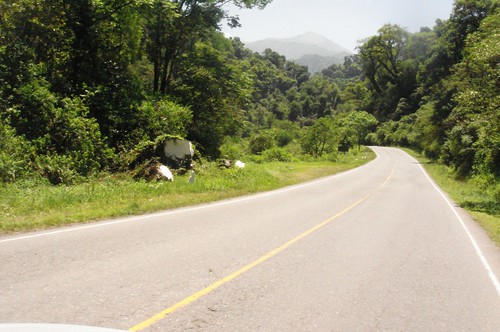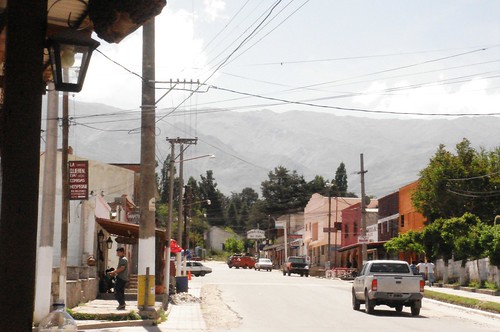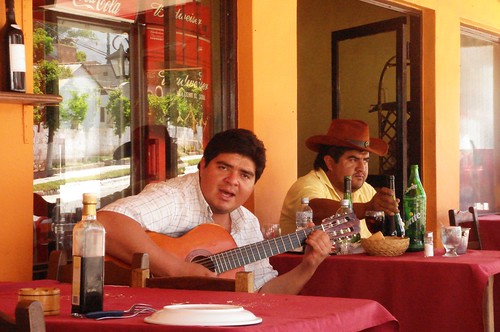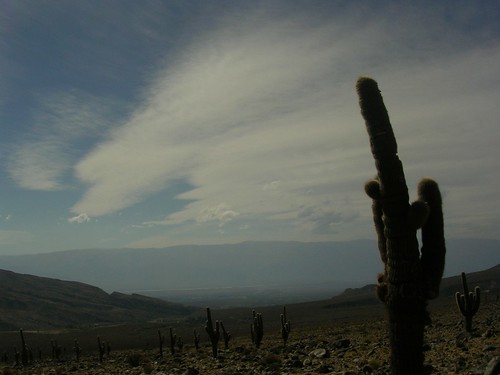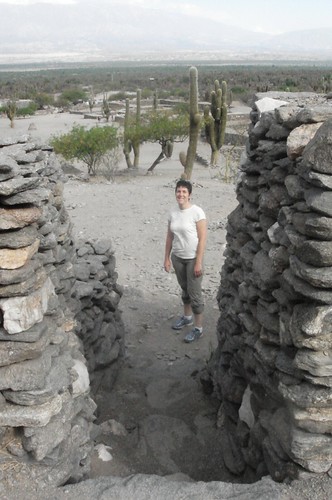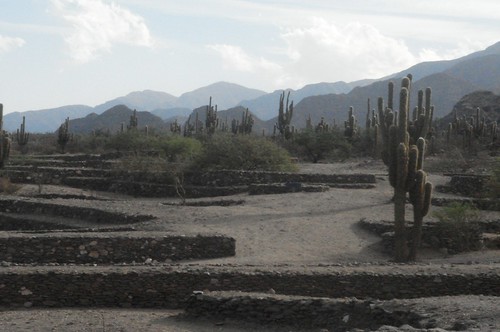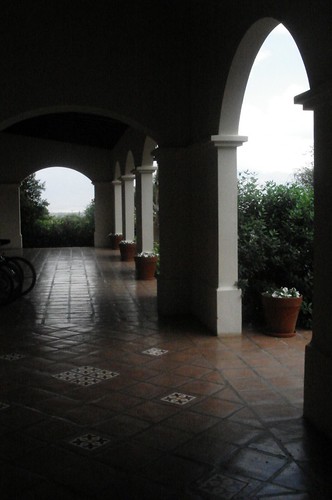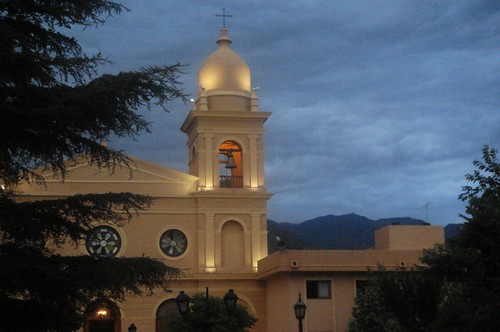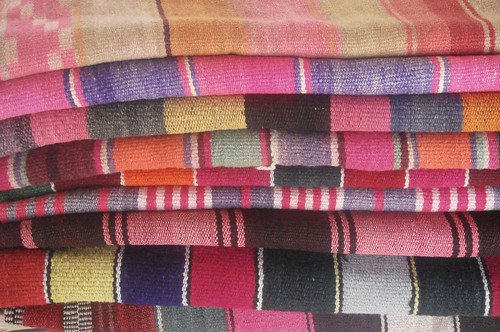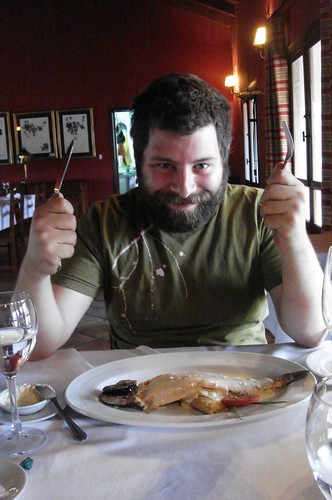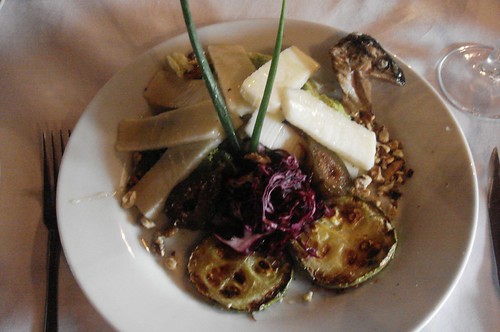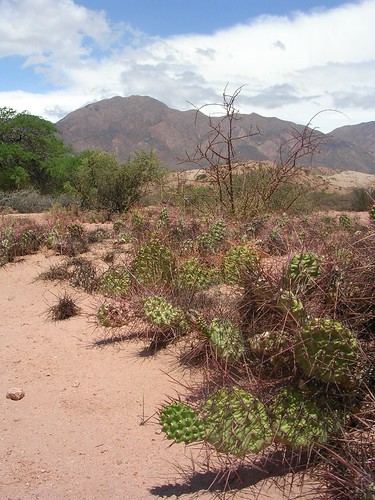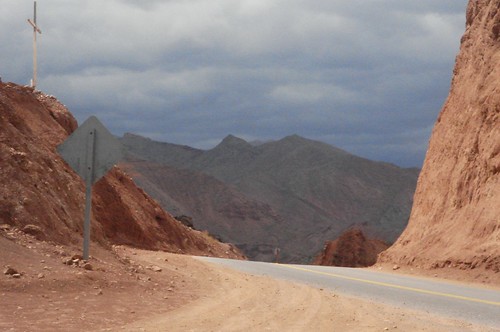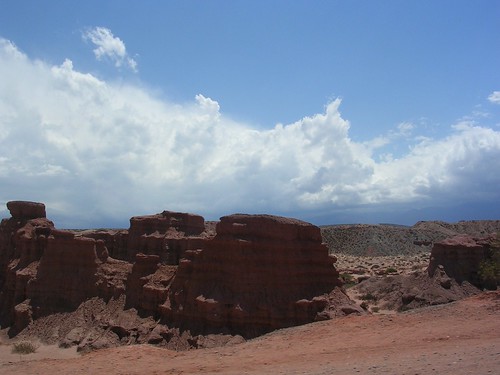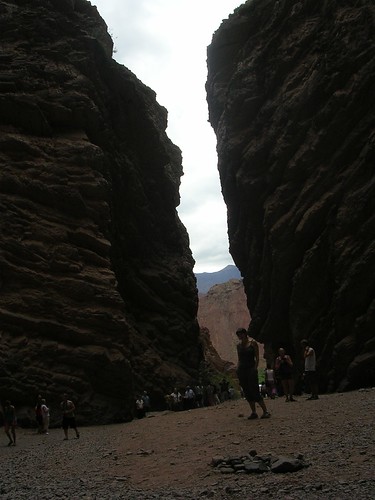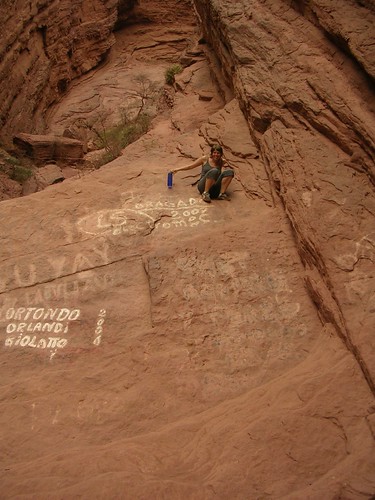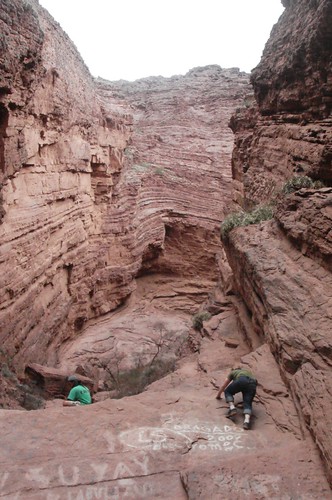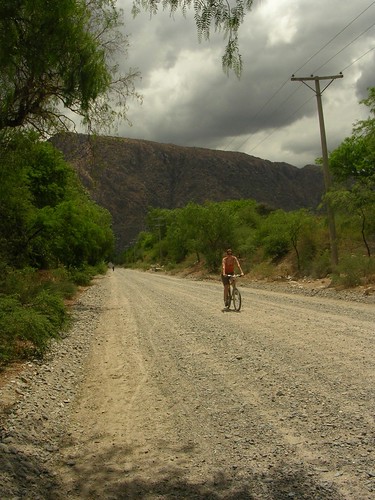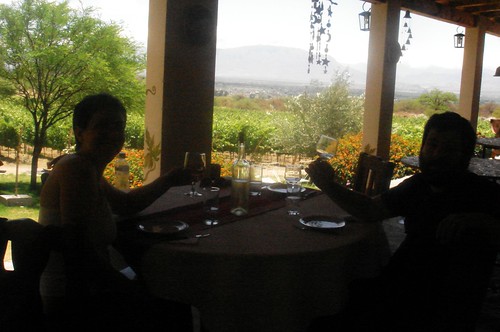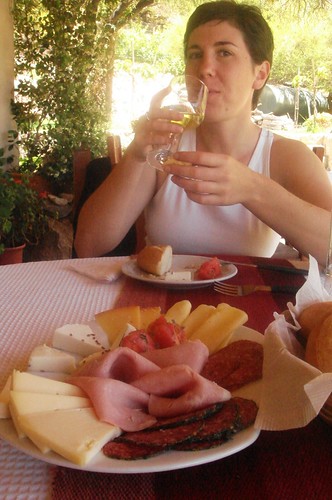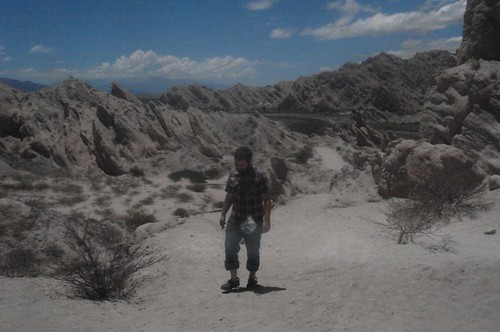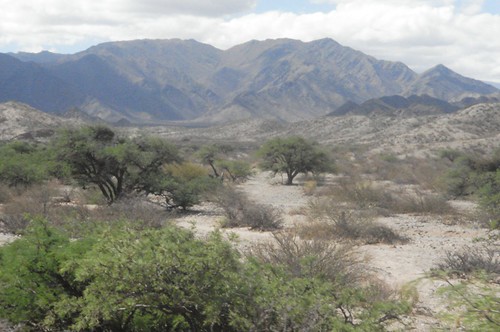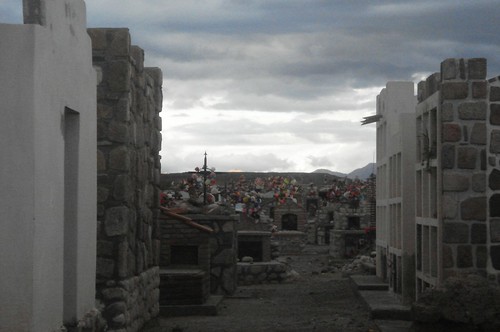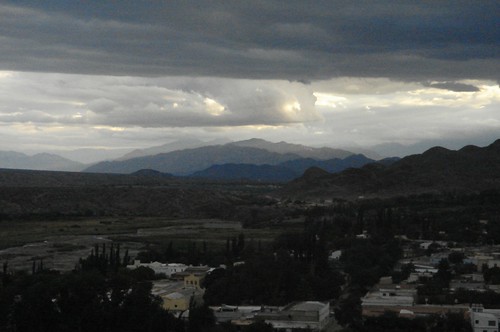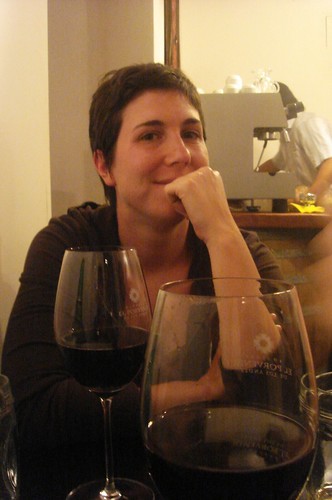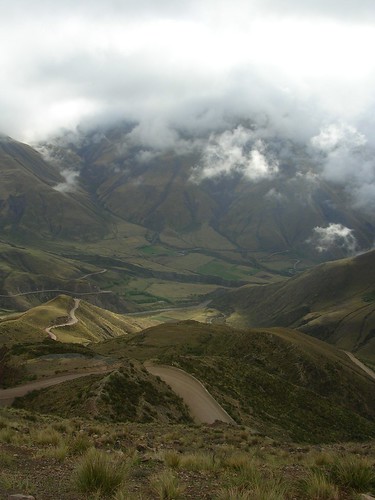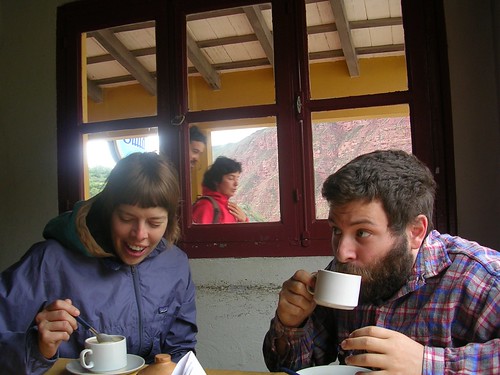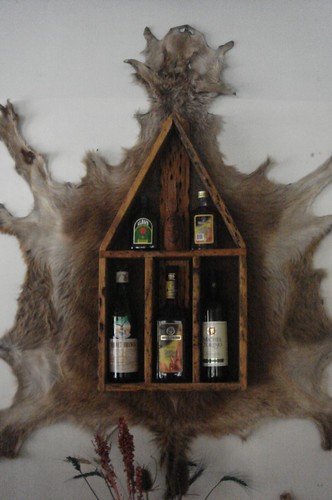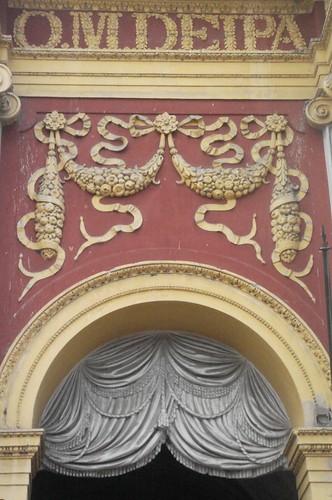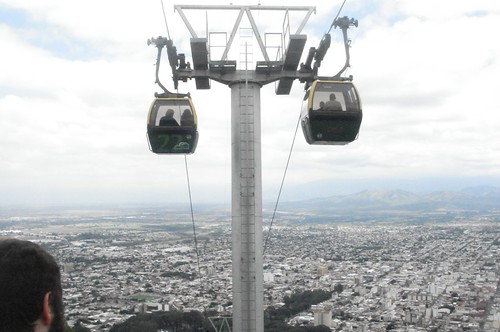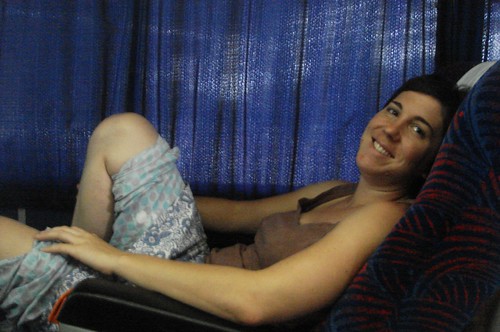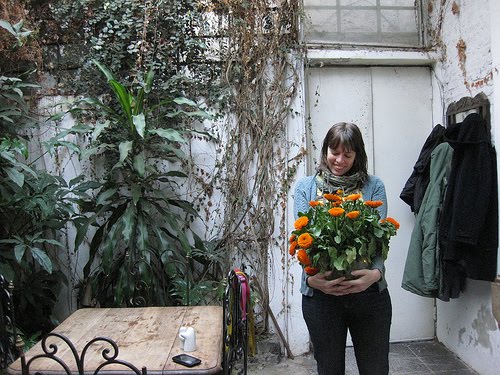road trip through Salta
so much to tell! in November we were graced with a visit from the Fair Amy S, who came all the way from Asheville, North Carolina to enjoy springtime in Buenos Aires. Sadly, I got terrifically sick the night before she came to visit and although I'd been looking forward to her visit with great anticipation, i spent most of the first week whimpering in bed with THE WORST FLU, while Amy patiently hung around waiting for me to feel better and start having some fun.
On Friday afternoon we headed off to find adventure in Salta, a beautiful province in the northwest of Argentina. We traveled by bus, it was a 16-hour overnight ride in a deluxe double-decker sleeper bus. They are pretty comfy buses though the food they serve is always scary.
DAY 1: We arrived in the city of Tucuman (in the province of Tucuman) on Saturday morning and managed to locate an emergency Saturday dentist because Mike had woken up with an infected tooth. After filling our bags with pills and potions for all of our many ailments, we rented a car in Tucuman and drove off into the hills, headed for a small mountain town called Tafi del Valle. We drove up into lush green hills on a small twisting road, climbed switchback turns up jungle-covered cliffs, and crossed a high pass where the jungle opened up into yellow pastures.
We passed a lake on the way into Tafi del Valley, and stopped in town for a break. We'd thought about staying the night in Tafi but decided to keep driving on towards Cafayate.
The land turned from pastures to rocky desert and great fields of cacti. We crossed another high rocky pass and the road climbed back down into valley, crossing dry riverbeds surrounded by cacti and strange trees. We took a detour to visit the Ruins at Quilmes, which was once the site of a fortress city inhabited by the indigenous Quilmes people. The Quilmes people resisted the invasions of both Incas and Spaniards for centuries before they were finally defeated in 1667. The Spanish invaders forced the remaining 2000 Quilmes people to march all the way across Argentina on foot, to a reservation near Buenos Aires, where they eventually died out.
Until recently, these ruins were privately owned, with a hotel and concessions on the grounds, but in the past few years a group of locals claiming ancestral ties to the original Quilmes people have occupied the site and closed down the hotel; now they charge $10 pesos admission and offer tours of the site. Seems like progress to me.
From the ground, the ruins are a maze of stone walls, forming rooms and walkways that climb up the surrounding hills; as we climbed up through the city, we could look back down on the structures and see a striking birds-eye view of the restored ruins.
After Quilmes, we drove on through the same rocky valley terrain and arrived in Cafayate near sunset. We checked into a nice hostel called Ruta 40, near the main plaza.
DAY 2: Wandered around Cafayate, a really beautiful little tourist city with mountains all around and a beautiful pastel cathedral on the main plaza and vineyards all around.
We tried to visit a few different vineyards but found them all closed for Sunday. Stopped for a deluxe lunch and bottle of wine at a fancy inn called Viñas de Cafayate, nestled amongst the vineyards on the edge of town.
In the afternoon we drove out of town on Route 68, into the fabulous red canyons of the windy Quebrada de Cafayate. The road between Salta and Cafayate follows the Rio de la Concha which meanders around and cuts down into the dry, bright red earth.
The landscape is all intense color, with a jumble of wild green near the river, red canyons all around and dark clouds overhead. There are fields of rocks shaped into pillars by the strong winds, and there's one great red cliff with hundreds of tiny parrot holes and parrots swooping all around.
When the road climbed up to a high point and we could look out over the whole expanse of canyons and colors, it looked primeval and I thought there should be dinosaurs roaming about, grazing on the shrubbery. We did see a herd of goats by the river, and two goat-herders rounding them up with their dogs.
Further into the canyon-lands, there are two famous spots, El Anfiteatro (an immense natural amphitheatre with a narrow mouth and high striated walls) and La Garganta del Diablo (the Devil's Throat, a great, tilting red canyon). There were tour-buses and groups of people at both. At El Anfiteatro there was a barefoot hippie guy taking advantage of the cave's unique acoustics by playing Astor Piazolla classics on the mandolin. At La Garganta del Diablo, we scrambled up a few levels of high, slanting ledges but didn't get anywhere near halfway up.
We turned around and headed home on the same route, as purple storm clouds filled the sky. We passed a couple who were walking towards Cafayate on foot and decided to offer them a ride before the storm arrived. The were Bert and Gon, visitors from Holland, and we shared travel stories and salty dutch licorice candies on the way home, and then we all had a few beers by the plaza back in Cafayate.
DAY 3: We rented bikes on the main square in Cafayate and biked out of town to see some vineyards. First stop, a tiny vineyard called Finca las Nubes, 5km out of town at the end of a long gravel road. The ride was hot and dusty and hilly; by the time we pulled into sight of the vineyard buildings with their shady trees and green grass, it looked exactly like heaven on earth.
They gave us a tour of their tiny facilities and we had a tasting of a few different wines. We learned that the rose bushes growing at the end of each row of vines are functional: they give an early alert to any fungus problems because the roses are more sensitive to fungi than the grapes. They are such a small operation that they do their entire harvest in one day, and they invite all their friends and family, people from the village and even visiting tourists to take part in the harvest. Everyone gets a pair of scissors to snip the grapes and a basket to gather them. At the end of the day there is a feast and all the harvesters drink wine and dance all night! It's called vendima. If only we could come back for vendima next year. We got a bottle of their special reserve wine as a souvenir (one of 8000 numbered bottles produced from the best grapes of 2006), and we stayed for a simple lunch of cold meat and cheese and tomatoes and olives on the terrace, drinking a bottle of their fruity Torrontes and admiring the mountains and rolling vineyards.
Rested and refreshed, we biked off to tour another vineyard Bodega Etchart, a much bigger operation that showed a more industrial side of wine-making.
In the evening we managed to find Cafayate's main fruit and foods marketplace, a great little jumble of vendors where we filled our baskets with fresh veggies for another tasty home-cooked dinner back at the hostel.
DAY 4: We packed our bags and strolled to the main plaza, where we had a leisurely coffee and some very interesting sandwiches. Breakfast was further enlivened by a very drunk and talkative Argentine tourist enjoying his morning litre of beer at the next table. After we escaped from our new acquaintance, we hit the road, headed towards Cachi. It was another day of twisty, turny single-lane dusty gravel roads, winding through astoundingly beautiful scenery. We drove through La Quebrada de las Flechas, a pale landscape of jutting rock formations.
We passed few houses or signs of human habitation. Mostly we passed kilometers and kilometers of wilderness, and then saw a group of three or four small houses, a goat corral, and a church, looking very alone in the world. Most of these buildings looked a bit colonial, with rows of pillars in front. We stopped for lunch in a town called Molinos, and then carried on twisting along the side of the valley, with mountains rising up to either side.
At some points the road was just a crumbly shelf of gravel clinging to the side of the mountains, and got so narrow and precarious it felt almost impassable, but Mike did a great job at the wheel, careful and unshakeable. In the afternoon we came around a blind curve and found a great back-hoe lumbering at us down this one-lane road carved between two high rock walls. A harvester came up behind us so we couldn't retreat and we had to do all kinds of crazy maneuvers to squeeze out from between them.
By evening we came into the little village of Cachi, a very sweet mountain town.
We hadn't arranged a place to stay, so we were relieved to find an open room at a simple old hosteria. Mike and I took a walk up the hill to visit Cachi's hilltop cemetery, and along the way made friends with some of the town dogs, who followed us along the path. They were all cute and playful until this big boxer got too playful and jumped up and took a bite of Mike's arm! Mike yelled "NO!" but he was all rambunctious and kept following us and biting Mike! we eventually got really freaked out when we couldn't make him go away and couldn't make him stop biting! He was totally playful but they were real bites and we didn't know what to do. He chased us up the hill and he could tell we were getting panicky, he was acting like he'd cornered a chicken and he was having the time of his life! Finally a gang of French tourists walked up the path and we were so relieved to see them, we hid ourselves in the middle of their group, and advised them not to try and play with the crazy dogs. At the top of the hill the cemetery was really beautiful, it felt pretty surreal and foreign and the views of the mountains all around were stunning.
We still felt kind of shaken about the dogs, and as soon as we saw they were distracted we slipped out of the cemetery silently and snuck back down the hill. We washed and inspected Mike's arm and decided there was no need for panic or doctors or rabies shots. We found Amy and sat in a tiny little wine cellar/cafe and poured out our story over an excellent bottle of Cafayate wine.
For dinner we tried the local specialty, stewed goat and potatoes, which was perfectly salty and tender.
Day 5: We had to wake up bright and early to get on the road, which was easier for Mike who'd prudently gone to bed early, but harder for me because I'd stayed up late with Amy, sitting under the stars finishing a second bottle of wine and chatting about the nature of the universe. I tried to wake up with a shower but there was no hot water so I climbed in the back of the car and fell asleep. We drove out of Cachi and up into the mountains, headed straight into the clouds that surrounded the mountaintops and over a high rocky mountain pass. Inside the clouds, we were surrounded by thick wet white fog and couldn't see much; then suddenly we emerged from the whiteness and the world dropped away; we could see across another valley, a richly green world of steep, carpeted mountainsides and ravines. We could see the road zig-zagging down the hillside below, fluffy little clouds above and below us, and yellow morning sunlight starting to warm the tops of the mountains.
The valley is called Valle Encantada, the Enchanted Valley. The drive was a little scary but we were duly delighted and awestruck by the valley itself. We passed only two buildings on this road, and we stopped at one of them for breakfast. They only served one thing and it was great: fresh, soft home-made goat cheese, crusty bread, apricot jam and milky coffee.
After breakfast the road started to level out, and unlike the past few days, the hills were green and lush and jungly again. We passed farmland and tobacco plantations and by lunchtime we were in the city of Salta (Argentina's eighth largest city), where we said goodbye to our big car and checked into a hostel. After a nap, we walked around exploring the city and had some paella at an old Spanish restaurant. The architecture in Salta is old and beautiful and many of the buildings are neatly painted in bright colors. Some of the oldest buildings were built by 16th and 17th- century Franciscans.
At night there was a big asado at the hostel, lots of grilled meat and wine and company.
DAY 6: In the morning we set out to find the tram-ride thingy that carries you up Cerro San Bernardo, a tall hill within the city. At the top of the hill is a very pretty little park with panoramic views of the city.
After lunch, we packed our bags one last time and climbed on the bus for a 19-hour ride back to Buenos Aires. What a trip!!!
Labels: Argentina, road trip, salta, travel, Tucuman, turismo, vacation

